This week, General Motors announced it was to end production of Holden vehicles in Australia by 2017. As the firm closes its plants, it will see an end to a 109-year history of car and component production.
The future of Holden is currently unknown: it will support a sales and parts business, but GM has not yet confirmed if Holdens will continue to be built elsewhere, or will simply become rebadged versions of GM’s other products.
What is known, is that Holden has a huge heritage, and is credited with creating Australia’s first car. But its history stretches back further. It was originally founded in 1856 as a saddle manufacturer but branched into the car industry as founder James Holden’s grandson Edward joined the firm.
Edward brought to the organisation his interest in cars, and the firm began production of motorcycle sidecar bodies and later, car bodies. By the 1920s Holden Motor Body Builders was supplying 12,000 bodies a year to Ford and GM. But the Great Depression saw the market collapse: in 1930 it built 34,000 units, a year later it made just 1651.
In 1931, HMBB was bought by GM which merged it with GM Australia. It was this new firm, General Motors-Holden that built Australia’s first car in 1948.
It might have been originally conceived as a Chevrolet for the American market – and rejected on the basis it was too small – but Holden made the 48-215 its own.
It wasn’t a knocked-down kit: Holden established its own foundry and forge, and the range grew to include sedan, business sedan and panel van models. In its pickup guise, it coined the ‘ute’ tag. The 48-215 was marketed simply as ‘Holden’, and more than 120,000 were sold in five years.
Holden’s second model, the FJ, launched in 1953. It was essentially a facelift of the 48-215, featuring bolder styling and its 2.2-litre straight-six saw power boosted from 60 to 65bhp. Almost 170,000 were sold in three years, and it remains one of Australia’s most iconic models and in 2005, inspired the Efijy, a Corvette-based concept.
The launch of the FE in 1956, and a revised version called the FC two years later, spearheaded Holden’s growth overseas. But despite sales in Southeast Asia and large parts of Africa, the firm’s focus was on its domestic market where it enjoyed a 50 per cent market share.
In 1960 was the launch of its third all-new model, the FB, just months ahead of the unveiling of the Ford Falcon. Against the Ford, the Holden looked dated, even if it was considered to be the superior car. In 1962 Holden responded with the launch of the EK, starting a programme of almost annual revisions lasting until 1968.
During the manufacturer of the FB-based models, Holden began assembling Vauxhall Vivas, proving demand was there for its own mid-sized saloon, the Torana. In later incarnations, it captured the car buyers' attention in various saloon car championships, and in 1974 it received a 5.0-litre V8 – all in a package only 350mm longer than a contemporary Viva.
In 1968 Holden ended production of Chevrolets and Pontiacs, and announced its next new model: the HK. It introduced a number of new names for its variants, including Monaro – a name given to its sporting muscle cars. Holden’s sales were on the up. In 1969 the firm built its two millionth car, an upscale HK Brougham, just 10 years after producing its ten millionth car.
A later incarnation of the HK, the HT, was the recipient of the first Australian designed mass-produced V8.
By the launch of the HQ in the early 1970s, Holden was designing and producing all of its cars domestically, although by the end of the decade some models were designed overseas. The HQ was an instant success, selling 485,600 in three years.
It also spawned a Mazda-badged model, the Roadpacer AP, which featured a rotary engine. Sales were slow due to a huge price tag, considerable thirst and poor performance, but it remains the only production GM model to be fitted with a rotary engine.
In 1975 the Vauxhall Kadett-based Gemini was launched, and in 1978 the Commodore was introduced. It was loosely based on the Vauxhall Carlton, but after initial sales success, started to fall behind the larger and more spacious Ford Falcon.
The 1980s saw Holden take a range of models from Isuzu in order to shore up its presence in a challenging domestic market. The situation worsened with the launch of superior products from Ford and the rise of Japanese manufacturers in the market. Much was made of the launch of the latest Commodore, the VK, but it was little more than a restyling exercise. The adoption of a Nissan engine was controversial, but necessary due to the complexity in converting Holden’s own six-cylinder to run on unleaded – now a legal requirement.
The increasing cost of the powertrain due to unfavourable exchange rates compounded Holden’s financial woes and triggered a restructure and a separation of its car and engine businesses. The next decade saw more models imported to supplement the brand’s range.
Throughout the 1990s, Holden’s own model range centred on the Commodore which received various revisions. The VT Commodore of 1997 was a huge success, becoming the biggest-selling Commodore to date and reaping the rewards of buyers' dislike of the latest Ford Falcon’s styling. The Commodore was related to the Vauxhall Omega, and marked the return of the Monaro nameplate – a model which was officially imported to the UK by Vauxhall.
The mid-1990s marked an end to an agreement with Toyota to sell rebadged models, and European Vauxhall Corsa, Vauxhall Astra and Vectra models were initially assembled locally, but later they were simply imported.
The following decade saw Holden overtaken by Toyota as Australia’s number one car maker. Losses continued to mount, and GM sought Chapter 11 reorganisation which saw Holden’s significant stake in Daewoo relinquished. Nevertheless, a large number of rebadged Daewoos were sold as Holdens.
With a small number of locally built models and a declining market share, the writing was on the wall for Holden. Workers agreed to pay cuts and future pay freezes, and bosses were understood to be in funding negotiations with the government.
With the announcement of Holden’s production ceasing, a rich and varied heritage comes to an end. It may not be the last we see of the iconic lion badge, but it is unlikely another Holden will be built in the country that gave birth to it.










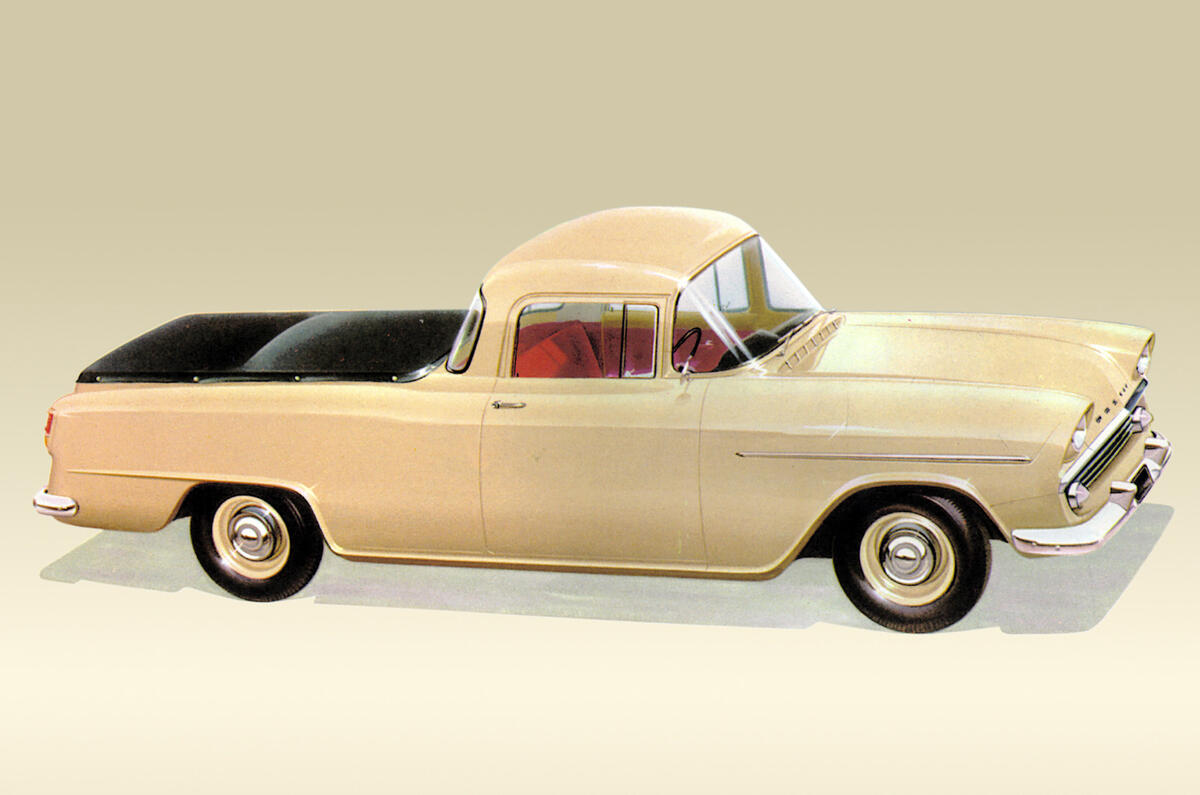


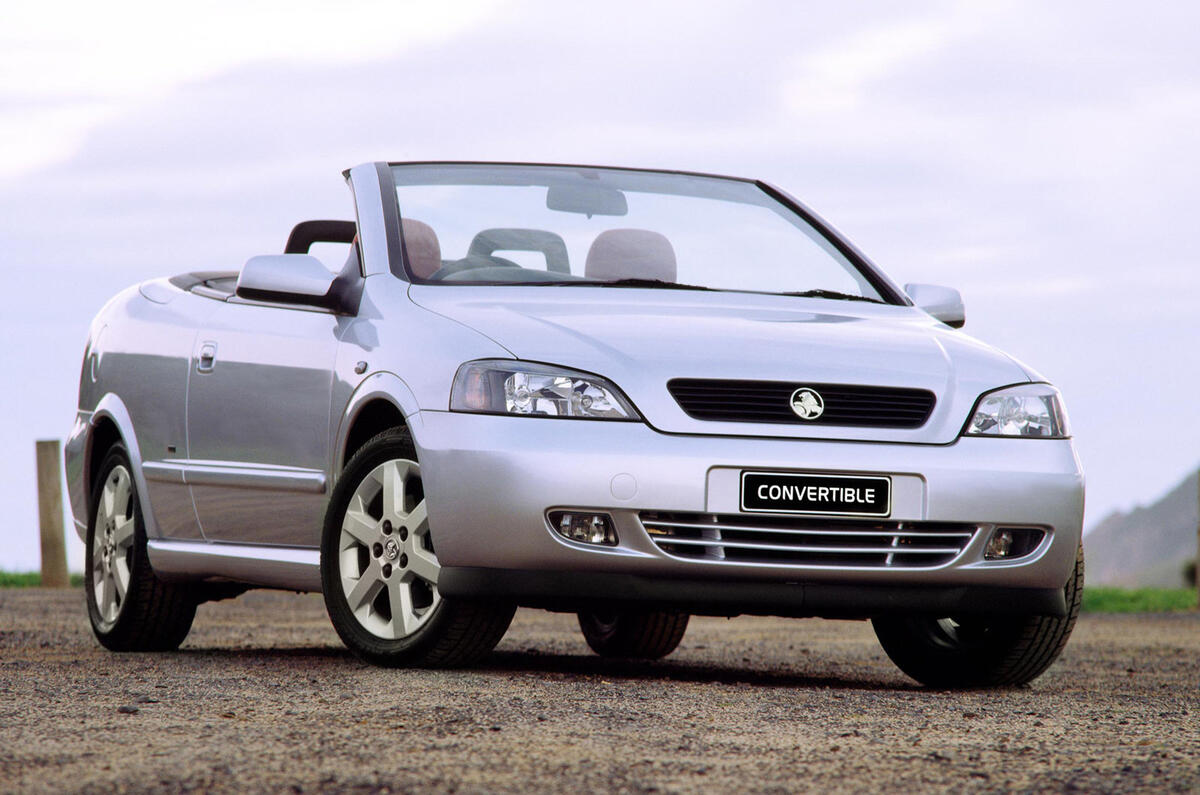
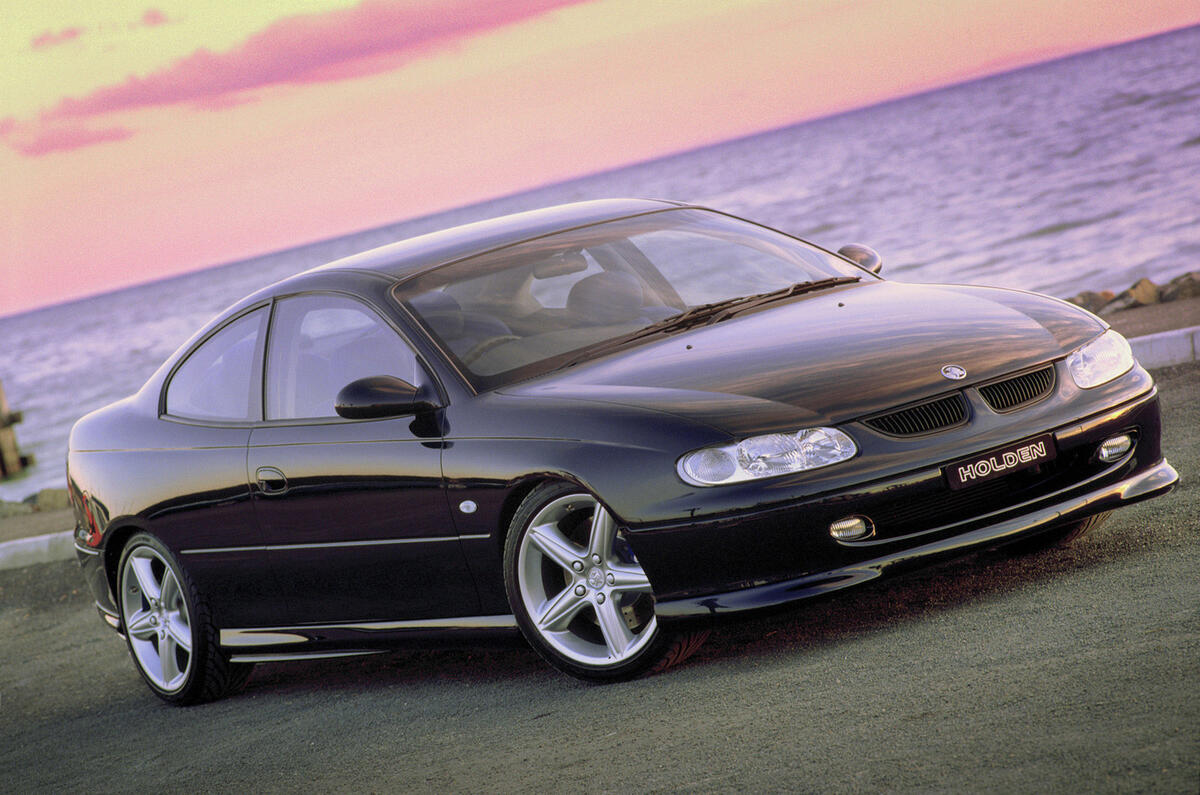

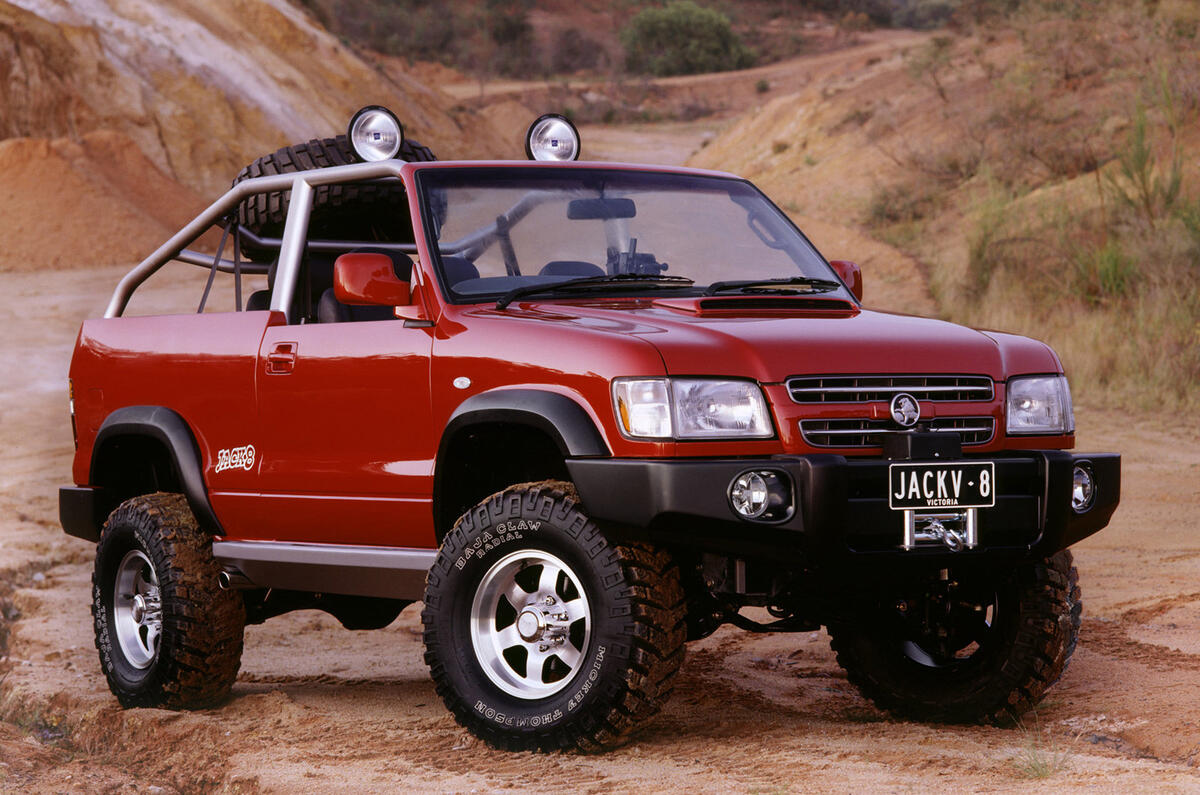
















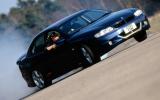





















Join the debate
Add your comment
Holden
I'll predict that in about ten years a most of Opel's production will be sourced from there as well as both production and R&D shift eastwards and Vauxhall/Opel suffers the same fate as Holden
Holden
First seen in the UK in the post-war years, a model was tested in The Autocar magazine of 1951 or 52 as the 'Holden Saloon' a car with 6-cyl. engine of 2171cc and 60bhp, capable of 80mph and 0-60 in 20.7secs.
Later it had developed into the 'Holden Special Sedan' of 1959, as tested by The Motor, with the same size engine, with power increased to just 65bhp, by then.
No doubt the comprehensive range of General Motors models already made and available in Britain, made the importation of the Holden here, less than worthwhile.
Malibu